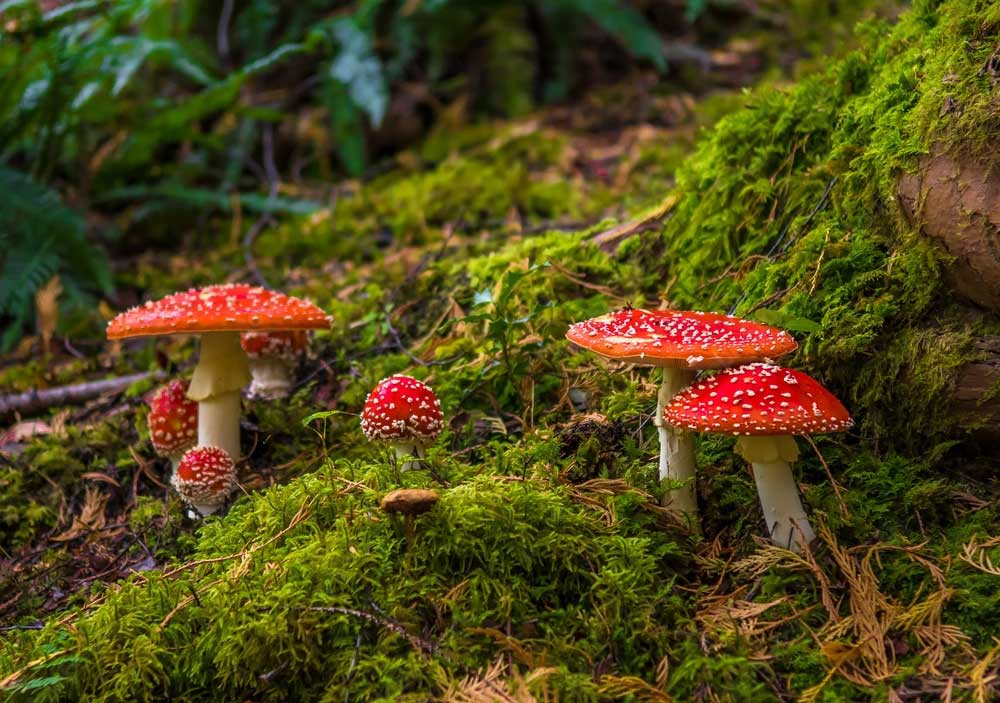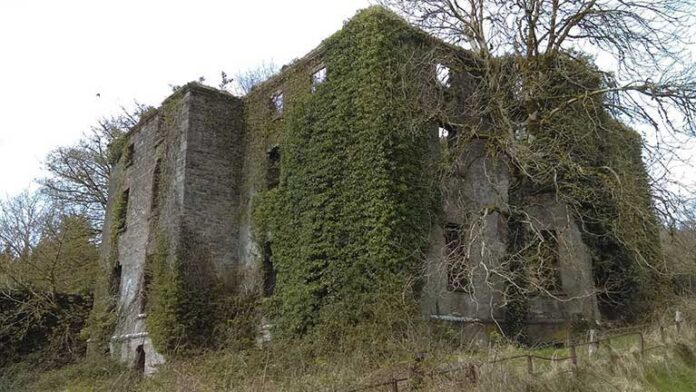Under the grand trees lies a hidden world teeming with life, a world not of charismatic mammals or colourful birds, but of fungi. Often overlooked and shrouded in a veil of mystery, these fascinating organisms play a critical and, frankly, heroic role in the health and balance of the Marblehill ecosystem.
Nature’s Decomposers and Recyclers
Unlike plants, fungi don’t possess chlorophyll, meaning they can’t make their own food through photosynthesis. Instead, they rely on breaking down organic matter like fallen leaves, dead trees, and even animal waste. In this process, fungi release essential nutrients back into the soil, making them nature’s decomposers and recyclers. This nutrient recycling is crucial for plant growth, ensuring the lush greenery that graces Marblehill.
The Mycorrhizal Marvel
But fungi do more than just clean up. Many species form symbiotic relationships with trees, creating a network of microscopic threads called mycorrhizae. These threads extend from the fungus into the tree’s roots, providing the tree with vital nutrients like phosphorus and water in exchange for sugars produced by the tree through photosynthesis. This remarkable partnership allows both trees and fungi to thrive, creating a web of life beneath the forest floor.
Fungi and woodland Regeneration
Fungi also play a key role in forest regeneration. Some fungi, known as saprobes, decompose dead trees, creating space and nutrients for new seedlings to establish themselves. Others, called mycorrhizal associates, help young trees grow by providing them with essential nutrients and protection from pathogens. This ensures the continuous cycle of life and death that defines a healthy forest ecosystem.
Protecting the Fungal Friends
While often unseen, the impact of fungi at Marblehill is undeniable. By promoting sustainable practices like reducing pesticide use and minimizing soil disturbance, we can create an environment where these unsung heroes can flourish.

The Next Chapter: Unveiling the Mystery
The world of fungi at Marblehill remains largely unexplored. Citizen science initiatives can play a vital role in further unravelling the secrets of this hidden kingdom. By documenting and reporting fungal sightings, we can contribute valuable data to expand our understanding of Marblehill’s unique ecosystem.
So, the next time you wander through the majestic woods of Marblehill, take a moment to appreciate the unseen heroes at your feet. The intricate network of fungi beneath the soil silently ensures the continued health and beauty of this historic place. Let’s work together to protect these vital organisms and ensure the harmonious symphony of life at Marblehill continues to play for generations to come.





